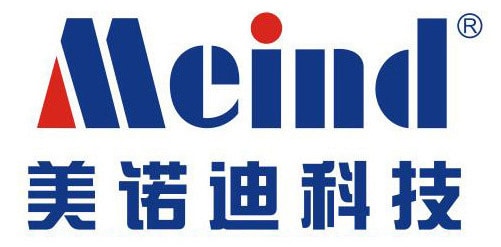Today’s inverters come in a plethora of sizes, topologies and option packages, so it’s often challenging to determine which alternative is best suited to your unique needs.
Let’s briefly review some of the key considerations to help you navigate confidently through the buying process.
SLEEK AND LIGHT…OR BIG AND HEAVY?
First, what might you assume if you saw two 1000W inverters and one is a sparse 16 lbs., sleek with a low profile … while the other is a large, 50 lbs. heavyweight in a sheet metal box? Might you conclude that the smaller, lightweight version represents “newer
technology,” or would you think it’s cheaper, disposable and lower quality than the heavier weight competitor?
Take it from us: in Inverter World, size and packaging can be very deceiving!
Without understanding the distinctions of each, you may make some inaccurate assumptions based on your preconceived
notions.
In our example, you may be looking at a low-frequency inverter and comparing it to a high-frequency inverter. The standard
In our example, you may be looking at a low-frequency inverter and comparing it to a high-frequency inverter. The standard
constant rate output will likely be identical on both, but there will be some differences in operation outside the normal wattage
output.
Low-frequency inverters use high-speed switches to invert (or change) the DC to AC, but drive these switches at the same
frequency as the AC sine wave which is 60 Hz (60 times per second). This requires the inverter’s transformer to work a bit harder,
plus demands it to be larger and heavier, thus the result is a bigger, beefier package.
High-frequency models typically drive the switches at a frequency closer to 50 KHz (50,000 times per second) or higher, thus allowing for a smaller, more efficient transformer and overall smaller package.
However, that efficiency comes with a price. High-frequency inverters typically surge at a lower rate, or for shorter periods of time
than its low-frequency counterparts. The moral of this example is straightforward: don’t make quick assumptions based solely on size and shape. Take the time to get the facts, compare the differences and then make an educated analysis.
Automatic Power Switching
An important consideration is whether or not the inverter has a built-in transfer switch.
If you have an inverter without this feature, it may be possible to add an external transfer switch.
If you have an inverter without this feature, it may be possible to add an external transfer switch.
What’s the big advantage of a transfer switch?
It allows usage of grid power when it’s available. These inverters have AC IN circuits that, when fed with AC voltage, bypass the inverter circuit –effectively turning the inverter off– and feed it to the output.
This prevents battery power from being used while AC is available, especially beneficial when you are trying to charge those batteries up!
In many installations this allows for the usage of a smaller charger or converter in the system, since the inverter is no longer
It allows usage of grid power when it’s available. These inverters have AC IN circuits that, when fed with AC voltage, bypass the inverter circuit –effectively turning the inverter off– and feed it to the output.
This prevents battery power from being used while AC is available, especially beneficial when you are trying to charge those batteries up!
In many installations this allows for the usage of a smaller charger or converter in the system, since the inverter is no longer
drawing DC current.
